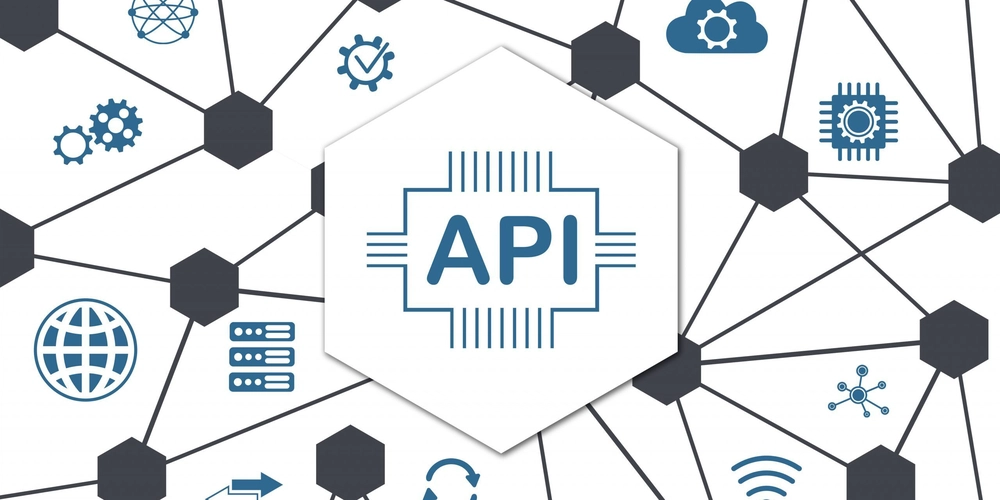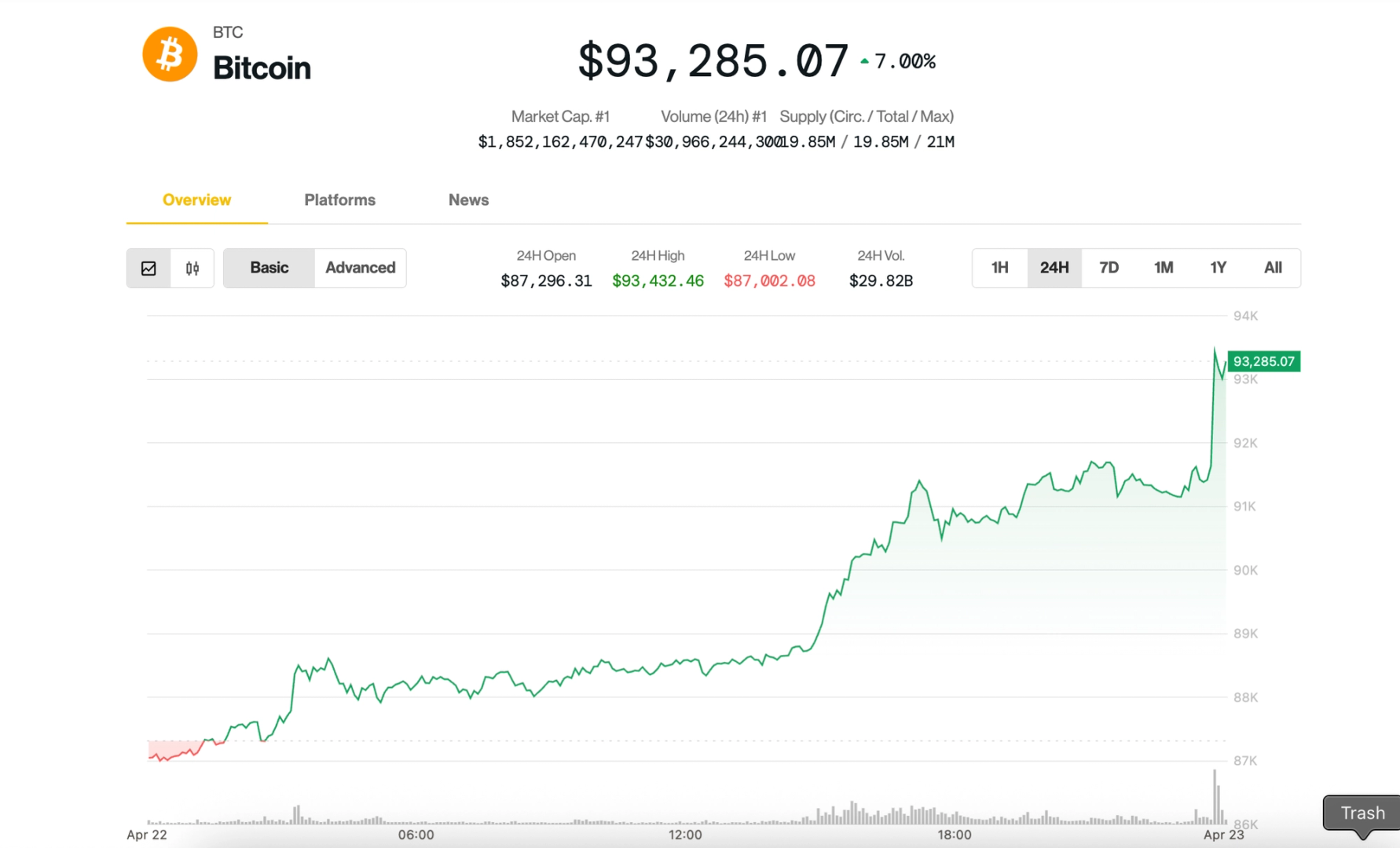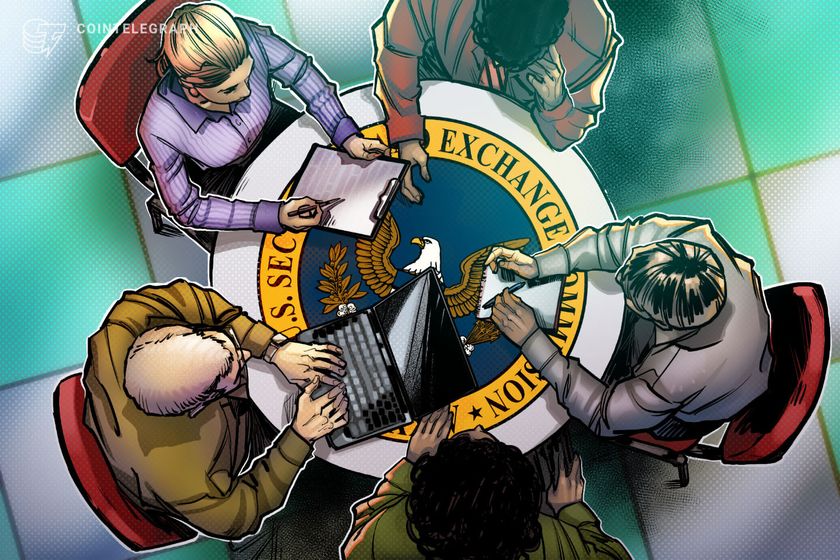11 Ways E-Governance Solutions Are Revolutionizing Admin
Governments worldwide are undergoing a digital transformation—and at the heart of this change lies e-governance solutions. These innovative tools are streamlining public services, enhancing transparency, and improving communication between authorities and citizens. Whether it's applying for a license, accessing government benefits, or filing taxes, digital platforms are making the entire process simpler and faster. One such player in the field is CSC e-Governance Solutions, which has made significant strides in bringing essential services to rural India. But this revolution is much bigger than one name. Let’s explore how e-governance solutions are reshaping the public sector. 1. Enhancing Service Delivery to Citizens E-governance solutions eliminate traditional bottlenecks like long queues and excessive paperwork. Through digital portals and mobile apps, governments can now offer services such as bill payments, documentation, and grievance redressal with just a few clicks. This ensures faster turnaround times and better accessibility—especially for citizens in remote areas. Initiatives like CSC e-Governance Solutions have played a pivotal role in this regard, offering over 300 digital services through Common Service Centres across India. Such platforms bring public services closer to citizens and minimize the need for physical visits to government offices. 2. Increasing Transparency and Accountability Digital records leave little room for manipulation or corruption. Every transaction or request can be tracked, creating an audit trail that enhances accountability. By moving services online, e-governance solutions reduce the opportunities for under-the-table dealings and ensure public officials are held to higher standards. This has significantly improved trust in public administration and allowed watchdogs to monitor government performance more effectively. 3. Reducing Bureaucratic Red Tape One of the biggest pain points for citizens is navigating a maze of approvals, stamps, and signatures. E-governance solutions streamline workflows and automate document verification, helping people bypass unnecessary layers of bureaucracy. For instance, automated verification systems now allow for faster passport approvals and Aadhaar-linked identity confirmations, saving both time and money. 4. Enabling Real-Time Decision Making Data is the new oil, especially in governance. E-governance solutions enable real-time data collection and analysis, which helps policymakers make informed decisions quickly. Whether it’s disaster response, healthcare provisioning, or resource allocation, up-to-date data allows for swift and targeted action. Departments can now coordinate better using centralized dashboards and analytics tools—something traditional administration couldn’t manage efficiently. 5. Promoting Financial Inclusion Digital platforms make financial services accessible to the underserved. CSC e-Governance Solutions, for instance, empowers citizens in rural and remote areas with banking, insurance, and pension services through village-level entrepreneurs (VLEs). This type of inclusion boosts economic development at the grassroots level and reduces the wealth gap across regions. 6. Supporting Remote Governance From e-panchayats to online courts, e-governance solutions have enabled governance to continue remotely—even during crises like the COVID-19 pandemic. Digital signatures, video conferencing, and cloud storage have made it possible for administrative functions to run uninterrupted. This shift not only ensures service continuity but also makes governance more adaptable and resilient. 7. Empowering Rural Populations Traditionally, rural communities faced barriers to accessing government schemes. E-governance platforms like CSC e-Governance Solutions have bridged this gap by setting up service centers even in remote villages. These centers offer services like land record digitization, income certificates, and employment applications—all of which empower citizens and increase participation in democratic processes. **8. Strengthening Law Enforcement and Public Safety **Modern e-governance platforms assist law enforcement with crime mapping, citizen reporting, and traffic management. Real-time data sharing between departments improves responsiveness and reduces the crime rate. Moreover, online FIRs and mobile safety apps make it easier for citizens to report crimes and seek help without delay. 9. Reducing Operational Costs Automation and digitization significantly reduce the cost of service delivery. By cutting down on paper usage, travel, and manual labor, governments can reallocate budgets to critical sectors like health and education. Long-term, e-governance solutions contribute to a more sustainable and cost-effective model of public administration. **10. Encouraging Citizen Participation **Digital platforms offer avenues for citizens to engage with policymakers through surveys, e-petitions, and feed

Governments worldwide are undergoing a digital transformation—and at the heart of this change lies e-governance solutions. These innovative tools are streamlining public services, enhancing transparency, and improving communication between authorities and citizens. Whether it's applying for a license, accessing government benefits, or filing taxes, digital platforms are making the entire process simpler and faster.
One such player in the field is CSC e-Governance Solutions, which has made significant strides in bringing essential services to rural India. But this revolution is much bigger than one name.
Let’s explore how e-governance solutions are reshaping the public sector.
1. Enhancing Service Delivery to Citizens
E-governance solutions eliminate traditional bottlenecks like long queues and excessive paperwork. Through digital portals and mobile apps, governments can now offer services such as bill payments, documentation, and grievance redressal with just a few clicks. This ensures faster turnaround times and better accessibility—especially for citizens in remote areas.
Initiatives like CSC e-Governance Solutions have played a pivotal role in this regard, offering over 300 digital services through Common Service Centres across India. Such platforms bring public services closer to citizens and minimize the need for physical visits to government offices.
2. Increasing Transparency and Accountability
Digital records leave little room for manipulation or corruption. Every transaction or request can be tracked, creating an audit trail that enhances accountability. By moving services online, e-governance solutions reduce the opportunities for under-the-table dealings and ensure public officials are held to higher standards.
This has significantly improved trust in public administration and allowed watchdogs to monitor government performance more effectively.
3. Reducing Bureaucratic Red Tape
One of the biggest pain points for citizens is navigating a maze of approvals, stamps, and signatures. E-governance solutions streamline workflows and automate document verification, helping people bypass unnecessary layers of bureaucracy.
For instance, automated verification systems now allow for faster passport approvals and Aadhaar-linked identity confirmations, saving both time and money.
4. Enabling Real-Time Decision Making
Data is the new oil, especially in governance. E-governance solutions enable real-time data collection and analysis, which helps policymakers make informed decisions quickly. Whether it’s disaster response, healthcare provisioning, or resource allocation, up-to-date data allows for swift and targeted action.
Departments can now coordinate better using centralized dashboards and analytics tools—something traditional administration couldn’t manage efficiently.
5. Promoting Financial Inclusion
Digital platforms make financial services accessible to the underserved. CSC e-Governance Solutions, for instance, empowers citizens in rural and remote areas with banking, insurance, and pension services through village-level entrepreneurs (VLEs).
This type of inclusion boosts economic development at the grassroots level and reduces the wealth gap across regions.
6. Supporting Remote Governance
From e-panchayats to online courts, e-governance solutions have enabled governance to continue remotely—even during crises like the COVID-19 pandemic. Digital signatures, video conferencing, and cloud storage have made it possible for administrative functions to run uninterrupted.
This shift not only ensures service continuity but also makes governance more adaptable and resilient.
7. Empowering Rural Populations
Traditionally, rural communities faced barriers to accessing government schemes. E-governance platforms like CSC e-Governance Solutions have bridged this gap by setting up service centers even in remote villages.
These centers offer services like land record digitization, income certificates, and employment applications—all of which empower citizens and increase participation in democratic processes.
**8. Strengthening Law Enforcement and Public Safety
**Modern e-governance platforms assist law enforcement with crime mapping, citizen reporting, and traffic management. Real-time data sharing between departments improves responsiveness and reduces the crime rate.
Moreover, online FIRs and mobile safety apps make it easier for citizens to report crimes and seek help without delay.
9. Reducing Operational Costs
Automation and digitization significantly reduce the cost of service delivery. By cutting down on paper usage, travel, and manual labor, governments can reallocate budgets to critical sectors like health and education.
Long-term, e-governance solutions contribute to a more sustainable and cost-effective model of public administration.
**10. Encouraging Citizen Participation
**Digital platforms offer avenues for citizens to engage with policymakers through surveys, e-petitions, and feedback forms. This inclusive approach leads to more democratic decision-making and greater public satisfaction.
By involving citizens directly, e-governance fosters a sense of ownership and trust in government initiatives.
11. Enabling Smart Governance in Urban Planning
Urban areas are adopting e-governance solutions to manage traffic, waste, and utilities more effectively. Smart city dashboards provide authorities with insights into energy usage, transportation efficiency, and pollution control.
With the integration of IoT and AI, urban governance is evolving into a data-driven ecosystem—making cities more livable and future-ready.
Why E-Governance Solutions Are the Future of Governance
Whether it's increasing transparency, improving efficiency, or enabling citizen participation, e-governance solutions are the cornerstone of modern public administration. The widespread impact of initiatives like CSC e-Governance Solutions proves that digital transformation is not just a buzzword—it’s a necessity.
Governments that invest in these solutions today are building the foundations for a more accountable, efficient, and citizen-centric future.
Conclusion
From eliminating red tape to empowering rural citizens and promoting real-time decision-making, e-governance solutions are revolutionizing how governments interact with people. As digital-first expectations grow, public administrations that embrace these technologies stand to gain in both efficiency and citizen trust. The momentum is clear: e-governance is not just a tool—it’s the foundation of a more inclusive, responsive, and transparent government.
Behind the scenes of many of these transformative initiatives are reliable technology partners helping turn policy into progress. One such enabler is Instalogic, whose expertise in custom-built e-governance solutions is quietly powering smarter governance across sectors.










































































































































































![[The AI Show Episode 144]: ChatGPT’s New Memory, Shopify CEO’s Leaked “AI First” Memo, Google Cloud Next Releases, o3 and o4-mini Coming Soon & Llama 4’s Rocky Launch](https://www.marketingaiinstitute.com/hubfs/ep%20144%20cover.png)


























































































































































![BPMN-procesmodellering [closed]](https://i.sstatic.net/l7l8q49F.png)


























































































-All-will-be-revealed-00-35-05.png?width=1920&height=1920&fit=bounds&quality=70&format=jpg&auto=webp#)
-All-will-be-revealed-00-17-36.png?width=1920&height=1920&fit=bounds&quality=70&format=jpg&auto=webp#)






















































































































![What iPhone 17 model are you most excited to see? [Poll]](https://9to5mac.com/wp-content/uploads/sites/6/2025/04/iphone-17-pro-sky-blue.jpg?quality=82&strip=all&w=290&h=145&crop=1)
















![Hands-On With 'iPhone 17 Air' Dummy Reveals 'Scary Thin' Design [Video]](https://www.iclarified.com/images/news/97100/97100/97100-640.jpg)
![Mike Rockwell is Overhauling Siri's Leadership Team [Report]](https://www.iclarified.com/images/news/97096/97096/97096-640.jpg)
![Instagram Releases 'Edits' Video Creation App [Download]](https://www.iclarified.com/images/news/97097/97097/97097-640.jpg)
![Inside Netflix's Rebuild of the Amsterdam Apple Store for 'iHostage' [Video]](https://www.iclarified.com/images/news/97095/97095/97095-640.jpg)






























































































































